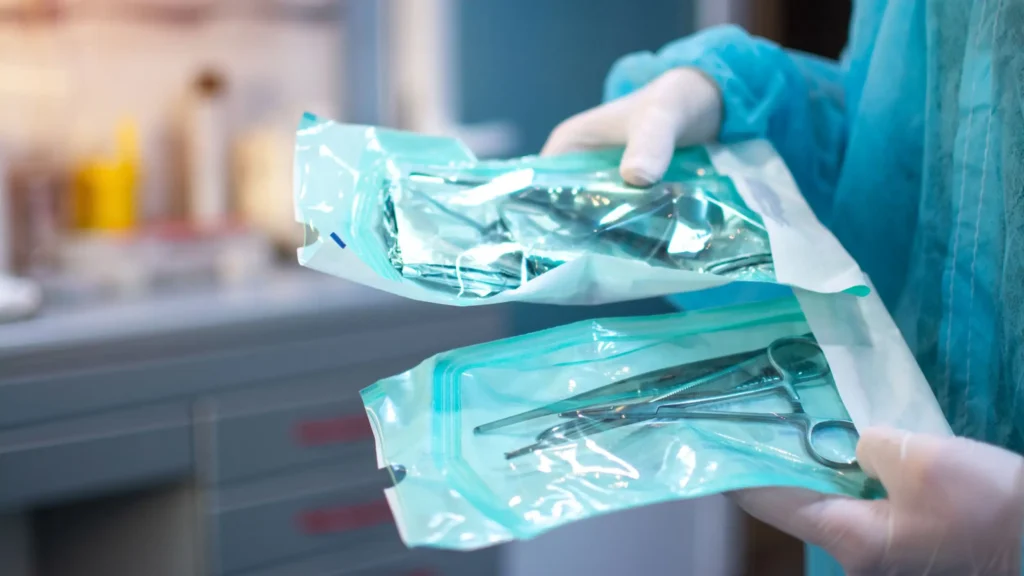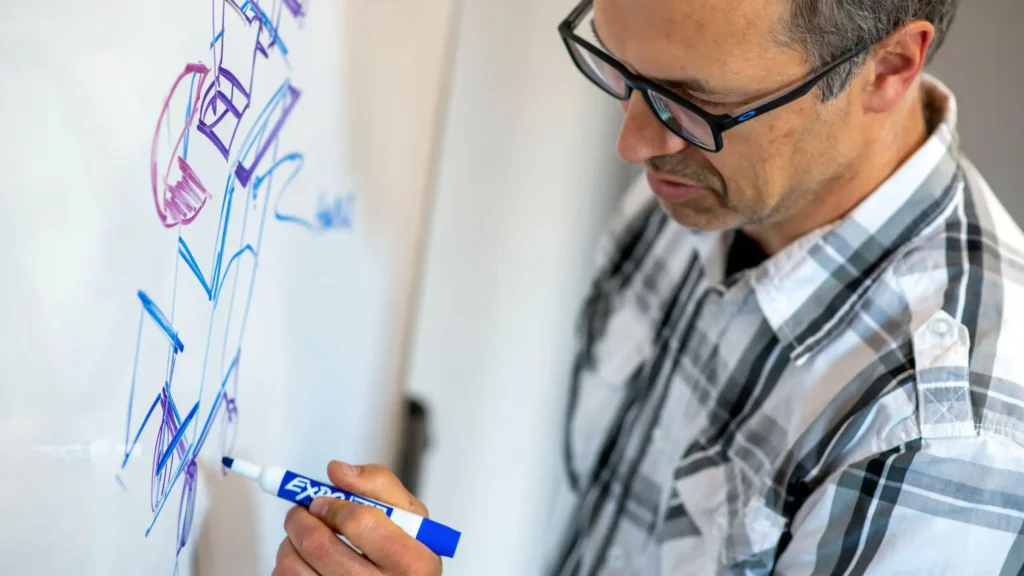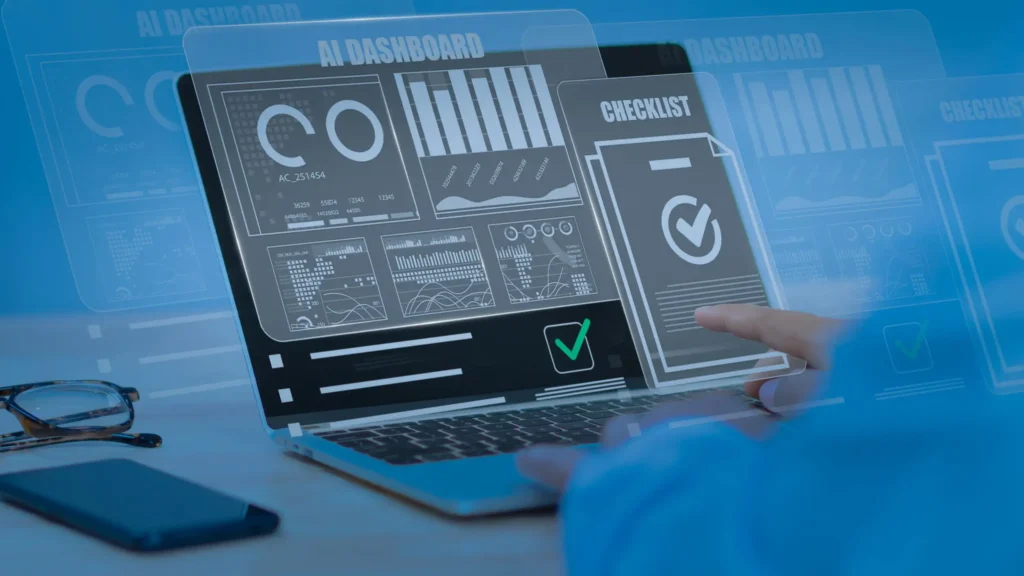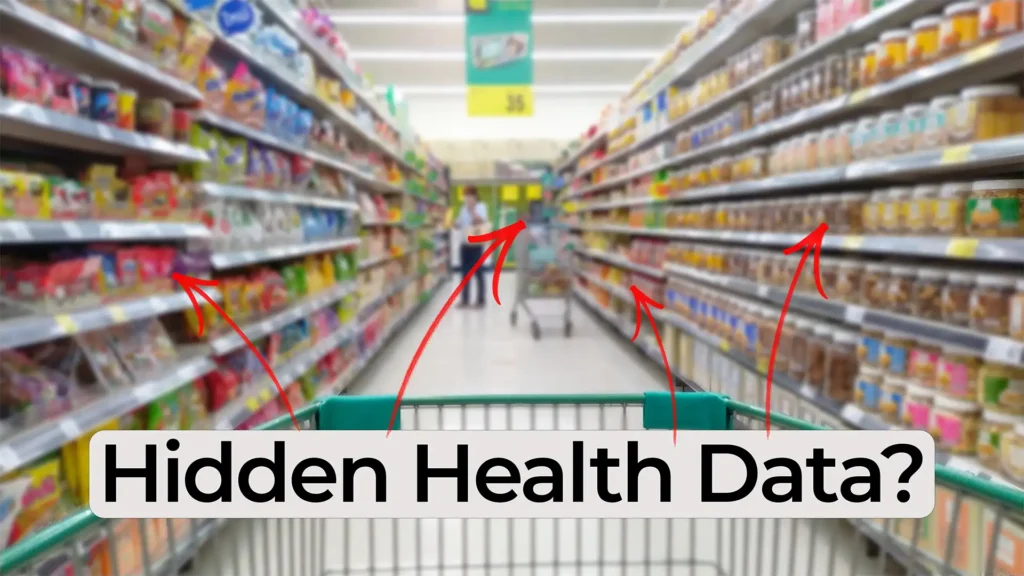
Global Drug Delivery Challenges Explained
In this episode of Bio Break, Nick Allan and Nigel Syrotuck dive into the surprising realities of global drug delivery. While medical devices often dominate development conversations, the way drugs are delivered across regions can dramatically change how treatments succeed — or fail.
Nigel reflects on a trip to Italy where food sparked thoughts about oral drug delivery. In regions like Italy, pills and tablets are the most common approach. Larger countries also tend to prefer simple, scalable methods such as pills or injections. By contrast, smaller regions may be more open to specialized treatments that require more time or unique handling.
Regional Differences in Drug Delivery
Drug delivery methods are influenced not just by culture, but also by economics, insurance systems, and infrastructure. For example, biosimilars are more readily accepted in some countries depending on reimbursement structures. Meanwhile, large-scale programs — such as vaccine rollouts — highlight how fragile supply chains can be.
Cold Chain and Pandemic Lessons
Certain drugs, including attenuated vaccines, require strict cold chain maintenance. In developing regions, this presents a major challenge. The COVID-19 pandemic underscored this issue when millions of doses expired due to distribution and storage limitations. As Nick and Nigel note, a drug designed for one part of the world may face barriers to adoption in another, depending on the delivery method.
Enjoying Bio Break? Sign up to get new episodes sent to your inbox.
Related Resources

Most sterile medical devices begin their journey long before anyone thinks about sterilization. Teams focus on function, usability, materials, and suppliers, then discover that sterilization constraints can reshape many of those early decisions.

After years of working with founders and technical teams, I have learned that early design missteps rarely come from engineering flaws. More often than not, they come from missing conversations.

Medtech founders operate with more constraints than most sectors. You are responsible for deep technical problem solving, high-stakes decisions, regulatory navigation, investor conversations, and a constant stream of operational tasks.

Consumer health prediction shapes more of daily life than most people realize. In this episode of Bio Break, Nick and Nigel explore how retail data can reveal health information without a person ever speaking to a clinician.
